Reclaim the Street: A Hopeful Future For Fayetteville Street
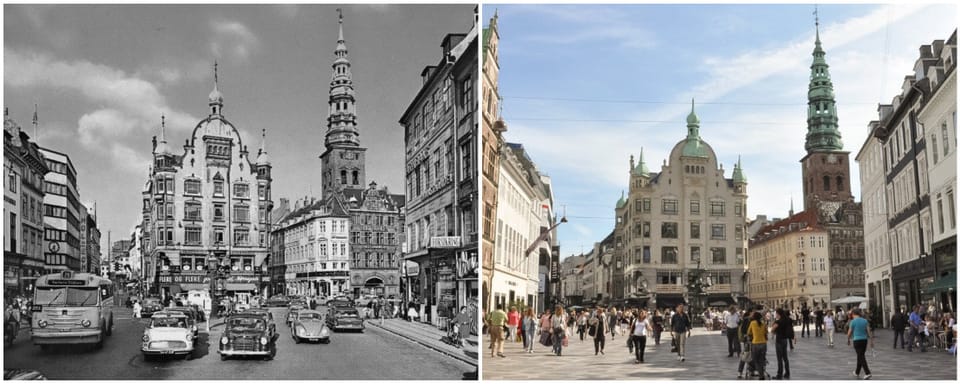
When we dream of vibrant public places, we imagine strolling through European plazas, people-watching from a café, or spending a carefree day walking through a historic Main Street, USA. We don’t think about parallel parking, waiting at crosswalks, or dodging traffic. We think about freedom of movement and spaces designed for people.
So why do we hesitate when we have the opportunity to bring that home?
The future of Fayetteville Street is being reimagined, and conceptual designs have been published. At a time when cities across the globe are reclaiming their streets for people, Raleigh is proposing minor tweaks where wholesale transformation is needed. The City’s own Comprehensive Plan calls for creating inviting public spaces (section 11.4 of the City of Raleigh 2030 Comprehensive Plan), with activated streetscapes, thoughtfully designed public spaces, more comfortable walking areas and promoting ground level retail. All things that can be exemplified on Fayetteville Street as a car free zone.
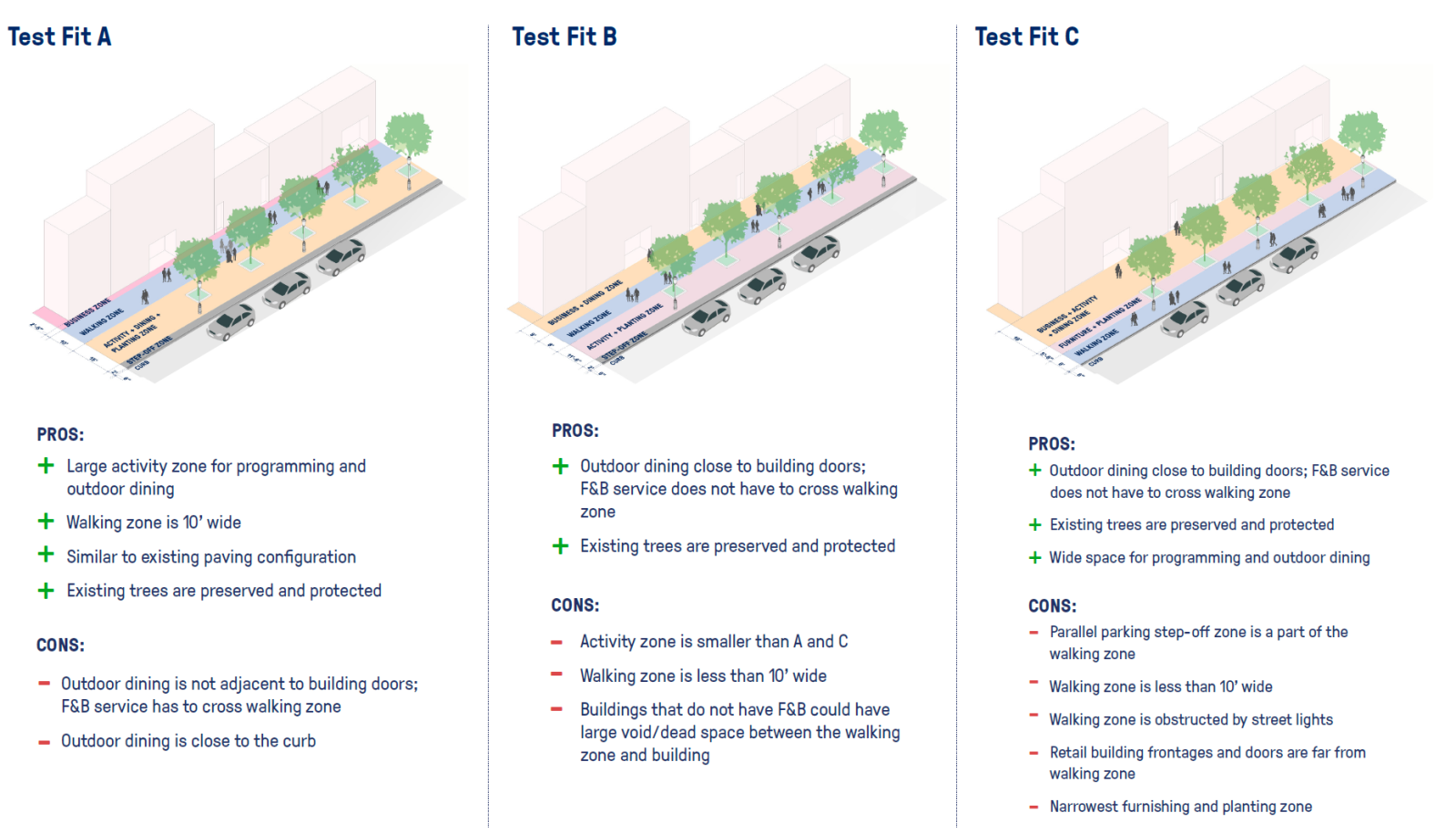

In the 1970’s, Fayetteville Street was closed to vehicular traffic in an attempt to embrace the Pedestrian Mall concept that was sweeping the nation at the time. The rough idea was to recreate the suburban mall experience in urban form. With increasing suburbanization and the rise of ever more affordable automobiles, families were frequenting the modern suburban malls with their plethora of shops and fine dining options, all under an air-conditioned roof and served by swaths of free parking. The pedestrian mall was a last-ditch effort by many municipalities to revitalize their dying urban centers.
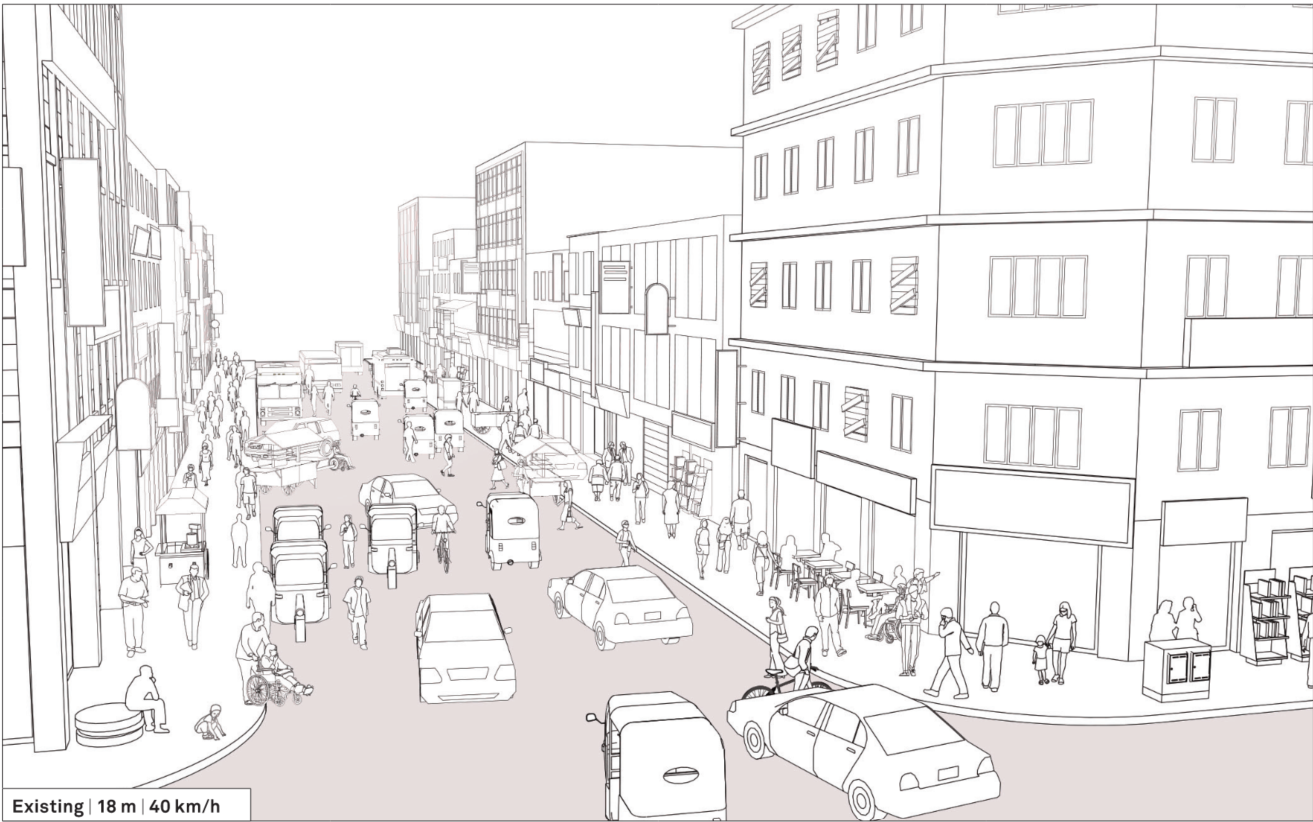
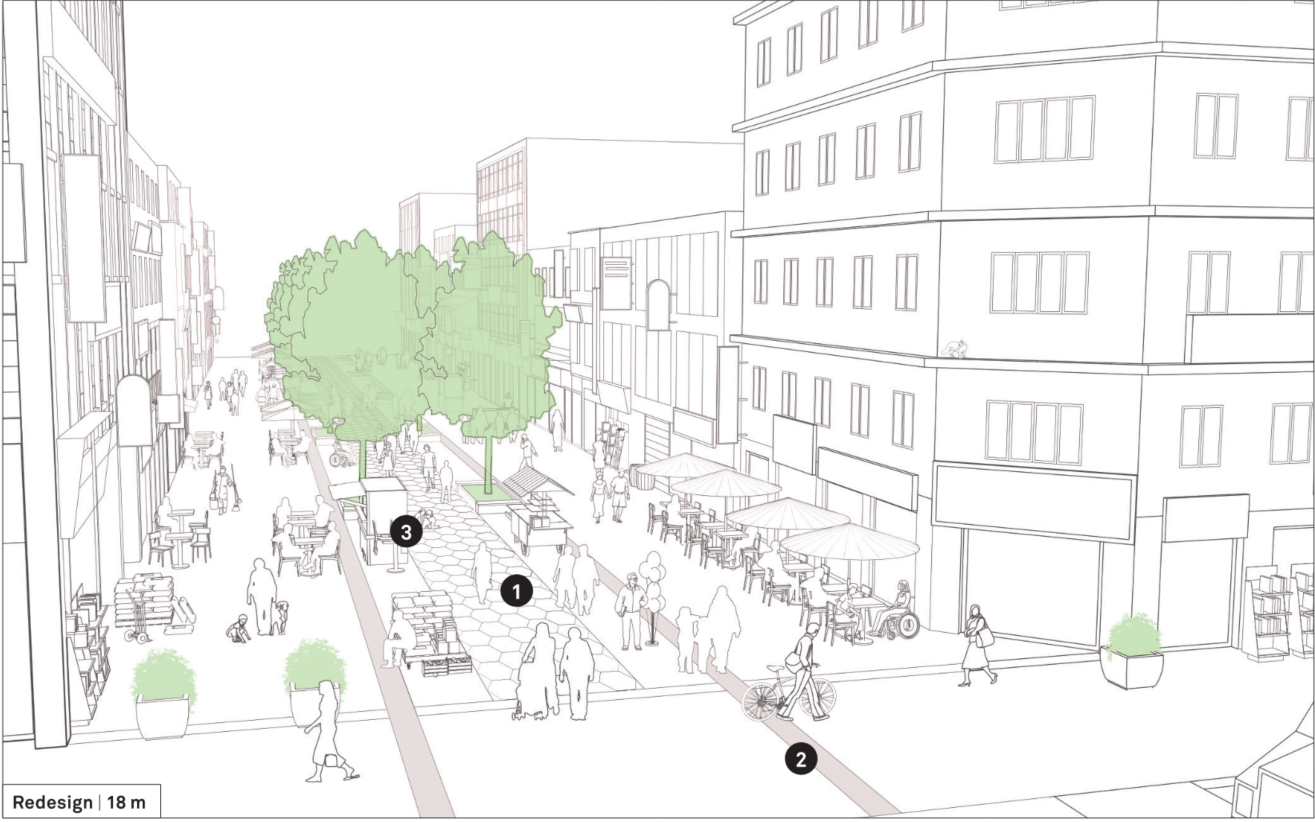
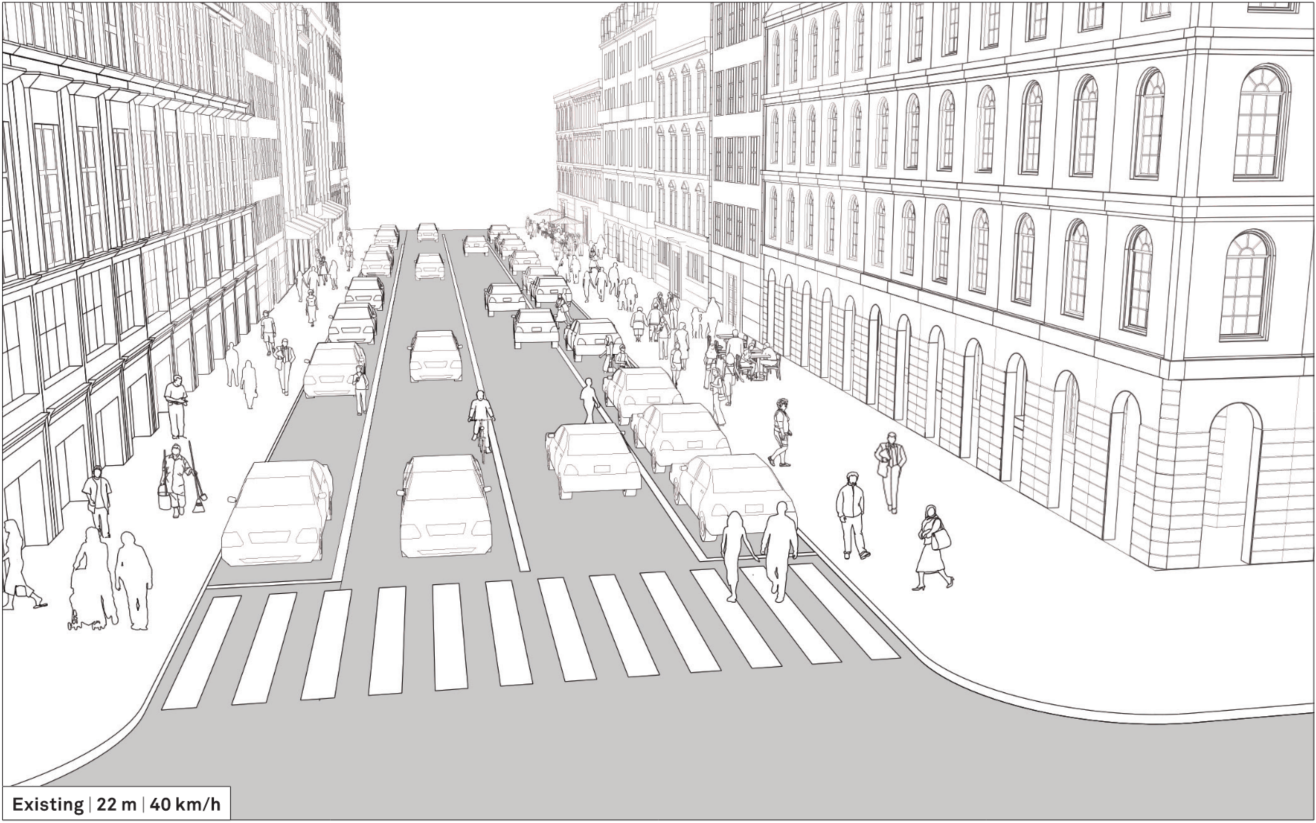

Unfortunately, simply closing the street to cars without bolstering the surrounding infrastructure did more harm than good. Downtown’s economy faltered as city investment dwindled, and with retail and office workers gone after hours, the space became a ghost town. All of this coupled with a lack of mixed-use developments, limited programming and reduced multi-modal transportation led to Fayetteville Street’s retail shops taking the brunt of the downfall, eventually leading to the City restoring the street to vehicle traffic in 2006.
But, Raleigh today isn’t the same city it was in the 1970s. Urban centers across the country are experiencing a resurgence, with younger generations seeking vibrant, walkable neighborhoods where they can live, work and play without having to drive. The city is now one of the fastest-growing metros in the country, attracting new residents for its affordability, employment opportunities, and cultural life. As Raleigh densifies with new mixed-use residential developments, restaurants, coworking spaces, and cultural venues, its public spaces must keep up.
Raleigh is no longer a city that needs to beg people to come downtown, it’s a city that must now design downtown for the people who are already there, and for the ones arriving every day. A rapidly growing, forward-thinking city doesn’t need to hold on to the outdated assumption that cars must be accommodated everywhere. In fact, the most livable, successful cities in the world have done the opposite—they’ve reclaimed their streets for people, and they’ve thrived because of it.
This isn’t without precedent. One of the most iconic pedestrian streets in the world faced resistance until it became a global model of success. Copenhagen’s Strøget is one of the oldest and most successful pedestrian streets in Europe. When it was first closed to cars in 1962, critics predicted that businesses would suffer. But over time, the opposite happened, retail spaces, restaurants and cafes flourished, pedestrian traffic increased, and the street became the living room of the city.
It worked because the city prioritized people. They designed functional and human scaled public spaces with benches, lighting and fountains. They embraced open air activity with outdoor cafes, frequent parades and parklets. Lastly, it was part of a larger strategy to reclaim the city for walking and biking. Today, Strøget attracts over 80,000 pedestrians daily in summer, and has become a symbol of how car-free urbanism doesn’t kill business, it saves it.
There have already been significant investments made in Raleigh’s multi-modal infrastructure, and more is on the way. GoRaleigh’s bus system is much more robust than it was just a few years ago, and with the recently completed bus terminal downtown and the new BRT along New Bern Ave, taking public transit is an easy way to experience the happenings downtown. Bicycle and scooter infrastructure continues to expand, and the current and proposed mixed-use developments located around the city center make it easy for residents to walk to new restaurants, to a concert at the amphitheater or to grab a cup of coffee. You still want to drive, do you? Parking decks with entrances on neighboring streets allow for plenty of parking.
Fayetteville street already has the characteristics of what can make a beautiful pedestrian zone. A point of interest at either end (Capitol building and the Performing Arts Center), extensive tree canopies (now with lights!) human scaled buildings with storefronts ranging from offices, gyms, retail shops, restaurants and cafes and the street has a clear civic identity.
With the right investments, and intentional, people focused design, Fayetteville Street can become a shining example of how to create beautiful urban places for people instead of cars. The population is ready, the infrastructure is ready and the time is right for a bold move toward a people focused future.
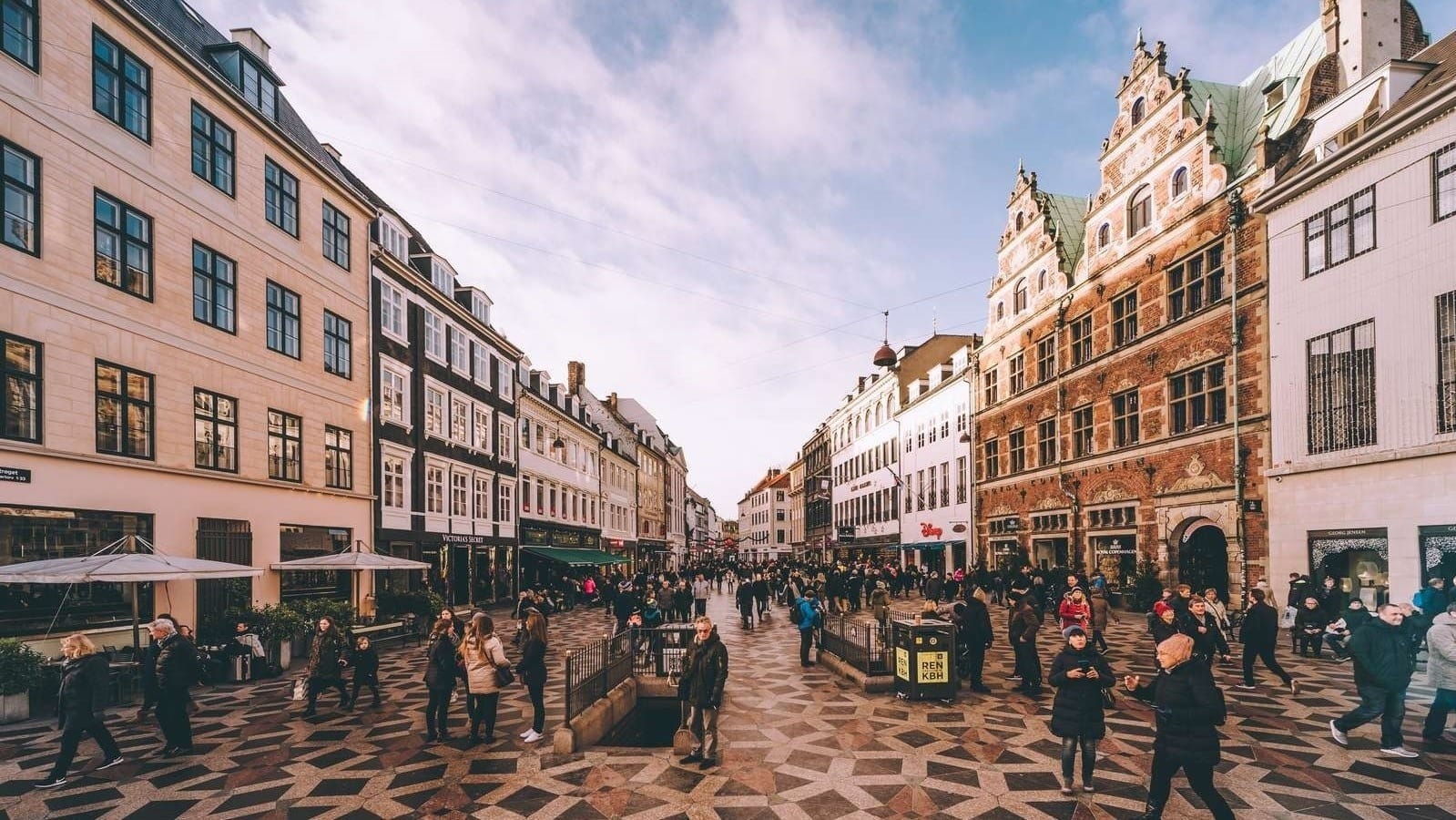
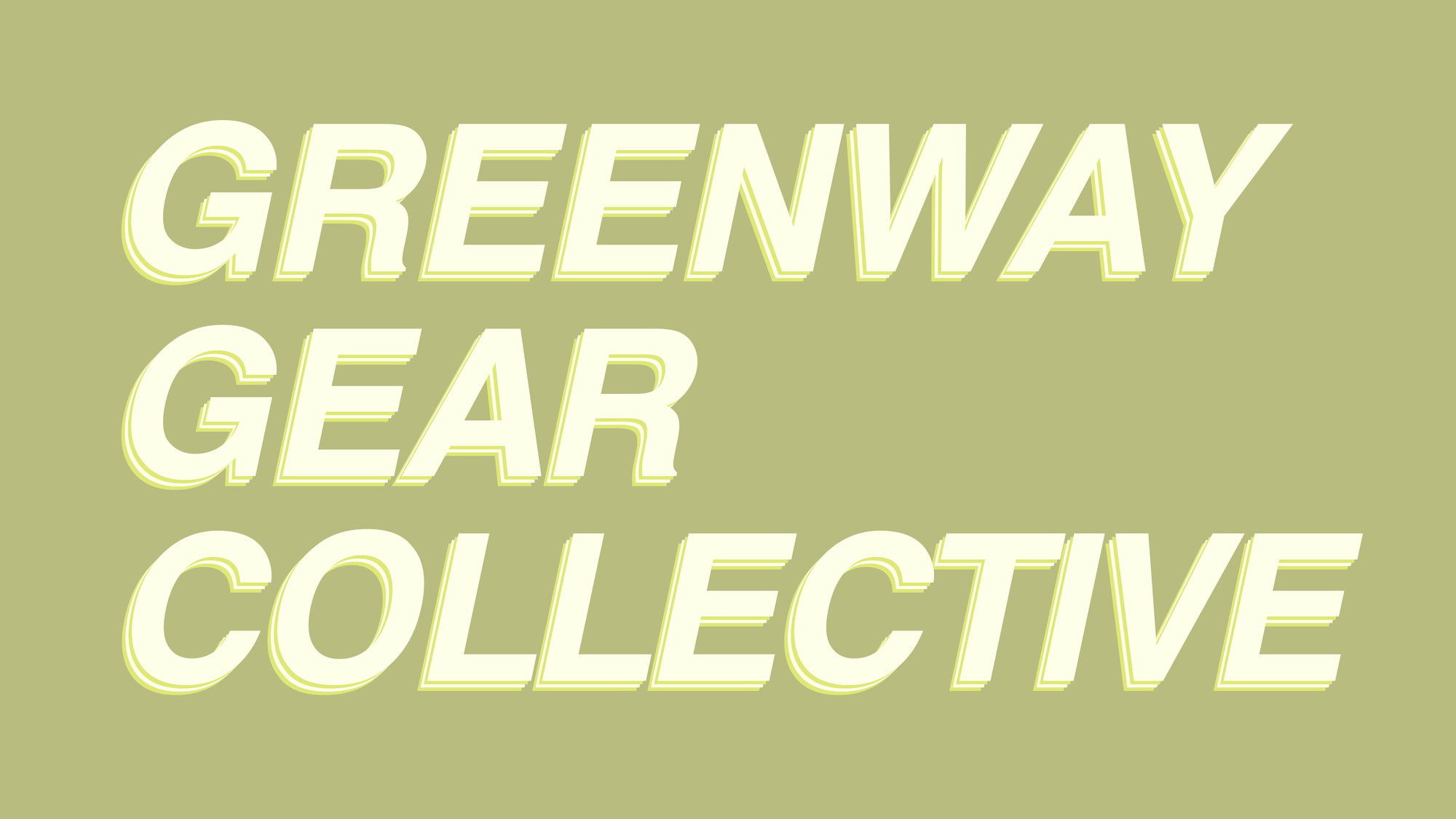
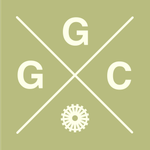
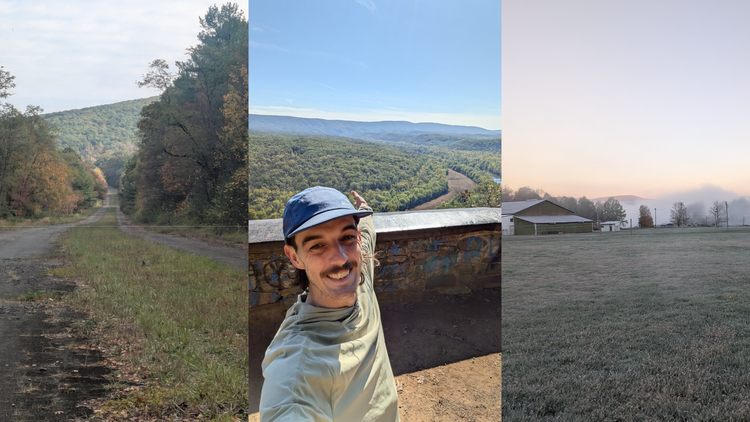
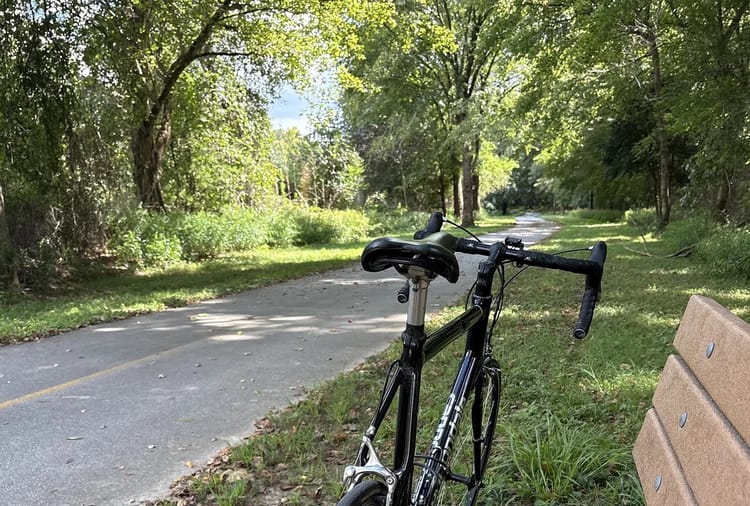

Comments ()